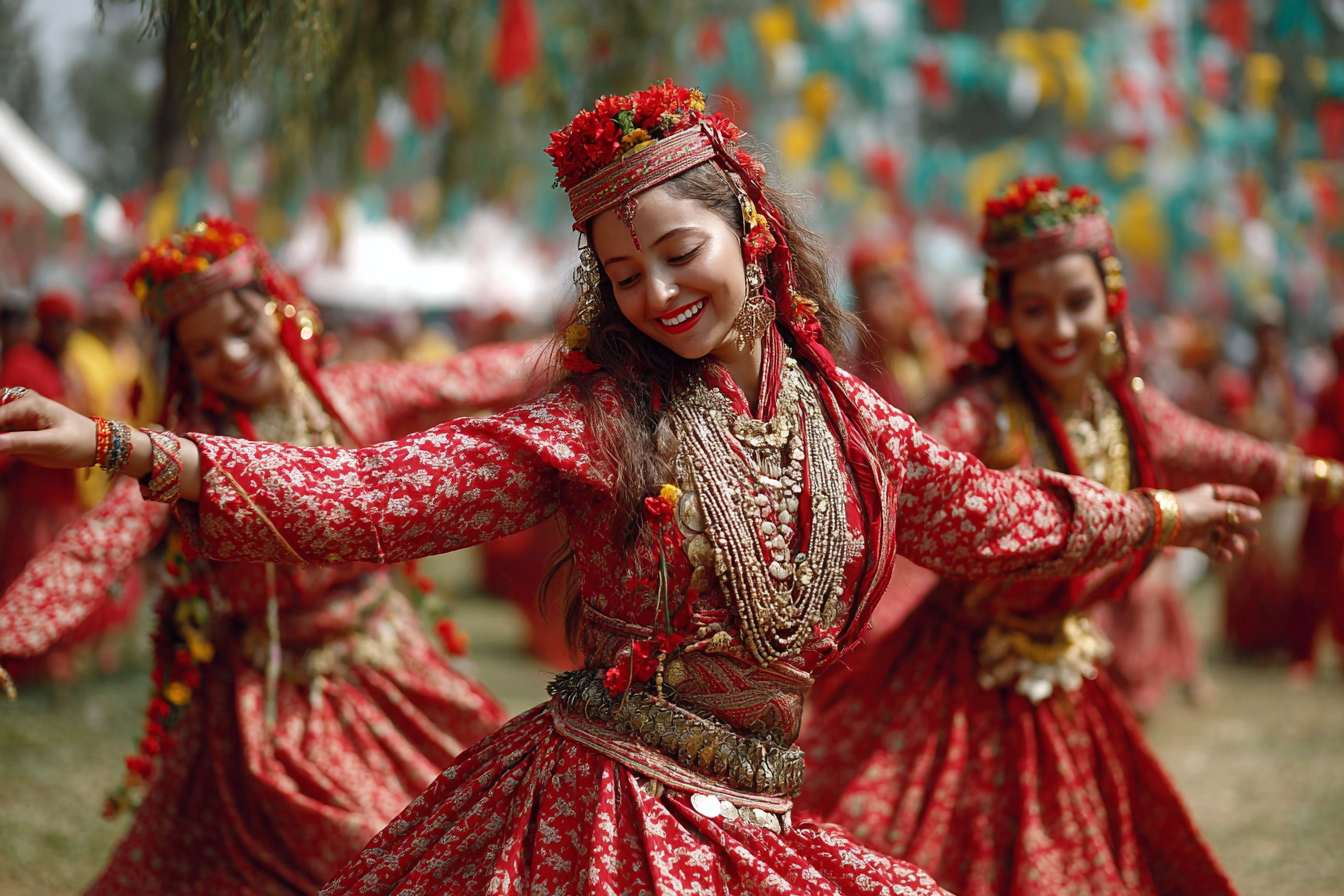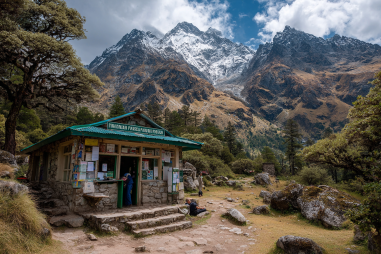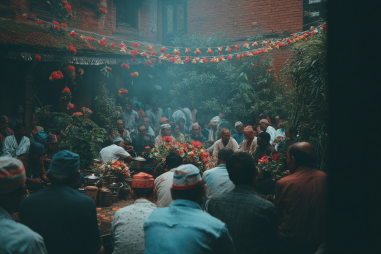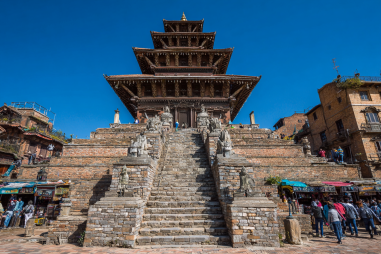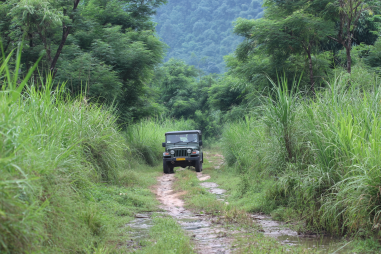Nestled in the serene hills of Nepal, Dhulikhel offers far more than just stunning panoramic views and tranquil nature trails. It is a vibrant town steeped in cultural richness and traditions that have been lovingly preserved over generations. From colorful local festivals and exquisite handicrafts to tantalizing traditional foods and sacred spiritual sites, Dhulikhel invites travelers to immerse themselves fully in the Nepalese way of life. Exploring Dhulikhel’s cultural experiences is like opening a book filled with stories, rituals, and artistry that deepen your understanding and connection to Nepal’s heritage.
Overview of Dhulikhel’s Cultural Heritage
Dhulikhel is an ancient town with roots that trace back hundreds of years, making it a significant cultural hub in the Kathmandu Valley region. It is predominantly inhabited by the Newar community, known for their rich traditions in art, music, and religious practices. The town’s architecture, from traditional houses to temples, reflects a blend of historical and spiritual influences that have stood the test of time. With its peaceful ambiance and community-oriented lifestyle, Dhulikhel maintains a living cultural heritage rather than a museum-like preservation. Visitors get to witness daily life that continues to honor old customs while embracing gentle modernity.
Important Festivals and Celebrations
One of the best ways to experience Dhulikhel’s culture is through its festivals, which are vibrant expressions of faith, community, and joy. These celebrations bring the local people together and invite visitors into the heart of Nepali traditions.
- Indra Jatra: This is a grand festival held in honor of Lord Indra, the god of rain. It features masked dances, chariot processions, and lively music that transform the town into a vibrant celebration ground.
- Losar: Celebrated by the Tibetan Buddhist community, Losar marks the Tibetan New Year with rituals, prayers, and cultural performances.
- Dashain: The largest and most widely celebrated Hindu festival in Nepal, Dashain involves family gatherings, traditional feasts, and the worshiping of goddess Durga.
- Tihar: Known as the festival of lights, Tihar includes the worship of crows, dogs, cows, and the goddess Lakshmi. The entire town glows with colorful lights and decorations.
Participating in or witnessing these festivals in Dhulikhel offers visitors an authentic glimpse into the spiritual and social fabric of the community.
Traditional Handicrafts and Markets
Dhulikhel is famous for its traditional craftsmanship, which reflects the skill and artistry handed down through generations. The local markets are bustling with artisans selling hand-made products that tell stories of culture and creativity.
You will find:
- Wood Carvings: Dhulikhel’s woodworkers are renowned for intricately carved windows, doors, and religious statues, often adorned with symbolic motifs.
- Thangka Paintings: These vibrant, detailed Tibetan Buddhist scroll paintings are a common sight and prized souvenirs.
- Textiles and Handwoven Fabrics: Colorful fabrics, shawls, and traditional clothing are crafted using age-old techniques.
- Pottery and Ceramics: Locally made clay pots, bowls, and decorative items showcase the earthy art form.
Exploring these markets allows travelers to interact directly with the artisans, gaining insight into their creative processes and the cultural meanings behind their work.
Local Cuisine and Culinary Experiences
No cultural journey is complete without savoring the traditional flavors of the region. Dhulikhel’s culinary scene offers delicious dishes that highlight Nepalese ingredients and cooking methods.
Some must-try foods include:
- Momo: Steamed or fried dumplings stuffed with vegetables, chicken, or buffalo meat, served with tangy dipping sauces.
- Dal Bhat: A staple meal of lentil soup served with rice, vegetable curries, and pickles.
- Gundruk: Fermented leafy greens, typically served as a side dish or in soups, showcasing Nepal’s love for preserved vegetables.
- Sel Roti: A traditional sweet, ring-shaped rice bread often enjoyed during festivals.
Many guesthouses and local restaurants in Dhulikhel offer cooking classes or homemade meal experiences, giving visitors an opportunity to learn about the spices, techniques, and stories behind the food.
Visits to Temples and Spiritual Sites
Dhulikhel is dotted with ancient temples and spiritual landmarks that offer a peaceful atmosphere for reflection and exploration. These sacred sites are integral to the town’s cultural identity and provide a window into Nepal’s religious diversity.
Key sites include:
- Changu Narayan Temple: Located a short distance from Dhulikhel, this UNESCO World Heritage Site is one of the oldest Hindu temples in Nepal, dedicated to Lord Vishnu and renowned for its exquisite stone carvings.
- Bhaktapur Durbar Square: Though technically in nearby Bhaktapur, many Dhulikhel visitors make this worthwhile pilgrimage to marvel at Newar architecture and spiritual art.
- Buddhist Gompas: Local monasteries provide insight into Tibetan Buddhist rituals, prayer wheels, and meditation practices.
Exploring these spiritual sites often involves encountering monks and practitioners, who are usually welcoming and happy to share the significance of their traditions.
Interactions with Local Communities
One of the most enriching ways to experience Dhulikhel’s culture is through meaningful interactions with its people. Community life here is warm and welcoming, inviting travelers to go beyond sightseeing and engage on a personal level.
You can:
- Stay in Homestays: Living with a local family allows for a genuine cultural exchange, from sharing meals to participating in daily activities and festivals.
- Join Cultural Workshops: Visitors can learn traditional dance, music, or craft-making directly from skilled locals.
- Attend Community Events: Local gatherings, market days, and religious ceremonies offer immersive experiences where you can observe and sometimes participate in age-old customs.
These interactions create lasting memories and foster a deeper appreciation of Dhulikhel’s traditions and hospitality.
Responsible Tourism and Cultural Sensitivity
When exploring Dhulikhel’s cultural experiences, it is important to approach with respect and sensitivity. Responsible tourism helps preserve the town’s heritage and ensures that local communities benefit positively from visitors.
Here are several ways to embrace cultural sensitivity:
- Always ask permission before photographing people, especially during religious ceremonies.
- Respect dress codes and customs when visiting temples and other sacred places.
- Support local artisans by purchasing directly from them rather than through middlemen.
- Engage with the community thoughtfully, avoid intrusive behavior, and be open to learning.
- Choose eco-friendly accommodations and contribute to sustainable tourism initiatives.
By being mindful and respectful, travelers can enjoy an authentic experience while contributing to the preservation of Dhulikhel’s cultural heritage.
The Heart of Dhulikhel’s Culture
Exploring Dhulikhel’s cultural experiences is a deeply enriching journey that opens your senses to the vibrancy of Nepalese traditions. From the lively festivals and exquisite handicrafts to the savory local dishes and spiritual sanctuaries, every aspect reflects the town’s unique heritage. Beyond the sights and tastes, it is the warm and inviting people of Dhulikhel who truly bring the culture to life, sharing their stories, skills, and spirituality with genuine pride and kindness. Whether you are wandering through markets, joining in celebrations, or simply soaking in the peaceful mountain atmosphere, Dhulikhel offers a cultural tapestry that resonates long after your visit.

